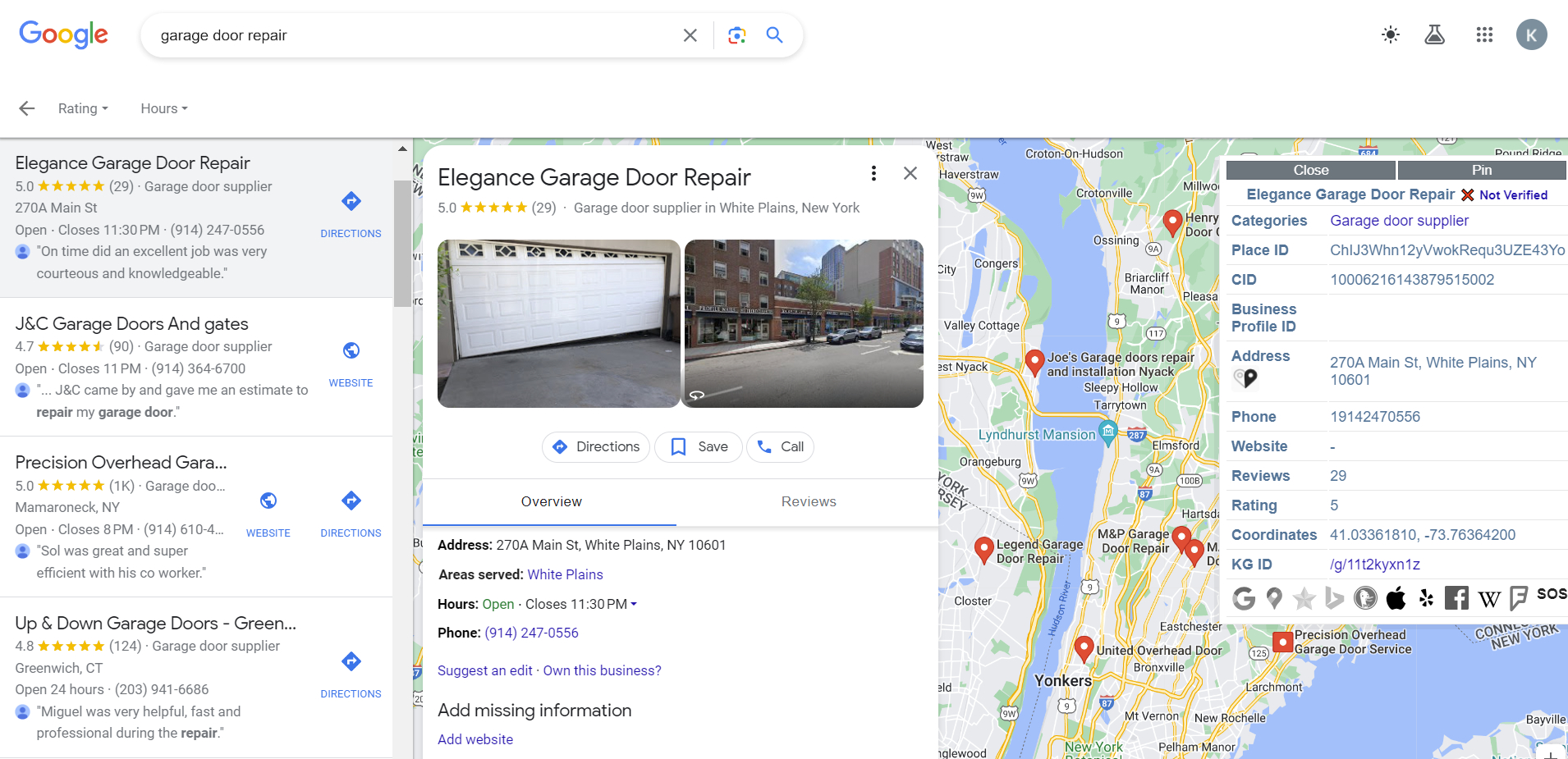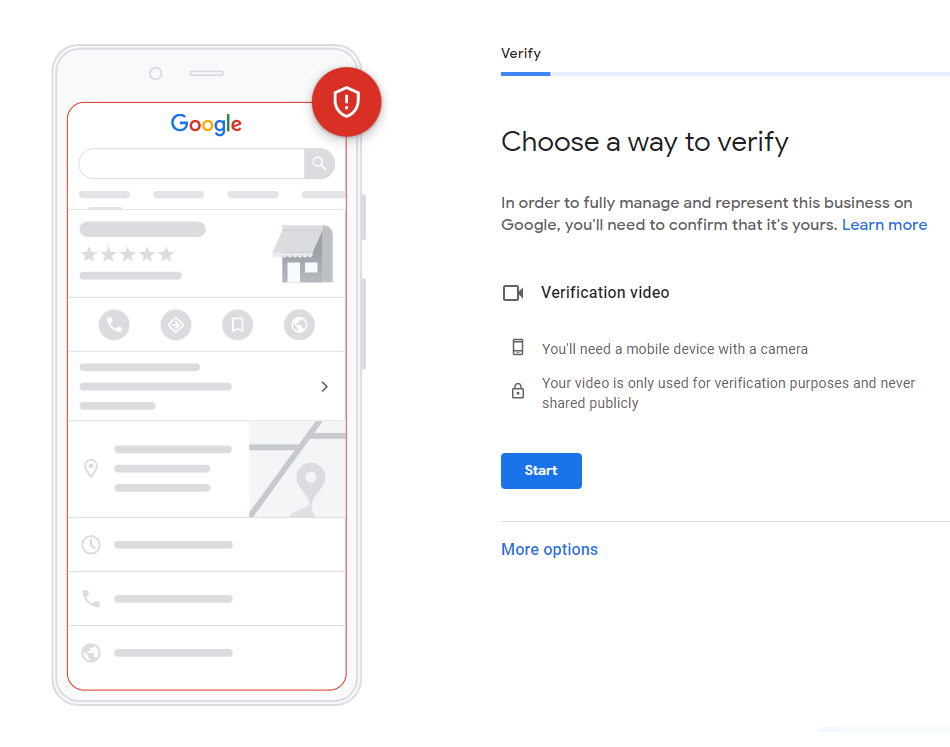Report after report is coming in that many businesses—especially service area business—are unable to verify themselves on Google. It doesn’t matter if you’re a standalone store or one of many locations of an enterprise, Google seems to be making its business-verification process as frustrating as possible. The worst part is that this aggravating process appears to be an intentional feature and not a bug.
Which businesses are impacted by this issue?
Verification on Google is essential to not only give the business owner full control over their listings but to nurture trust among users and customers. An unverified business listing often looks like spam, and that may in fact be Google’s plan.
Service area businesses, meaning those that don’t have a designated office and instead visit customers to provide a service—such as plumbers and locksmiths—are the ones most often impacted by Google’s verification rejections.

An unverified Google My Business (GMB) listing, most likely spam.
The key insight to note is that service area business are also most likely to have to contend with listings spam. Fake listings pop up constantly for these types of businesses, using black hat SEO to outrank legitimate businesses and “steal” leads that they can subsequently sell back to actual service providers. In an attempt to curb this well-known type of search engine spam, Google is trying to make verification an insurmountable obstacle for fake businesses—and unintentionally inducing rage for real ones.
How does Google’s verification process work?
Businesses on Google can verify their listings in several ways. Postcards can be sent to a physical address; phone calls or texts can be sent to the listed business number; or a business can go through video verification, which requires footage of its service vehicle, business license, street view, and equipment, all captured within a certain timeframe upon Google’s request.
The search giant is imposing video verification on almost all service area businesses, forcing them to follow the most onerous method of the three. And even if businesses follow Google’s instructions meticulously and provide everything that would get a non-service business verified, Google may still reject them. Service area businesses have been known to go through the process dozens of times, with the final, successful attempt being virtually identical to the first.
 In its current form, the video verification process is an absurdity that prevents businesses from accessing Google Business Profile (GBP)’s full functionality. But that might be the entire point: Spammers are unlikely to endure the hassle, giving up when their fake listings fall short of Google’s standards. Legitimate businesses, however, are the ones facing the real challenge, especially when they don’t have the option to submit pre-recorded videos or submit the same types of video verification on each attempt. So, although Google plans on frustrating spammers until they give up, real businesses don’t have that option.
In its current form, the video verification process is an absurdity that prevents businesses from accessing Google Business Profile (GBP)’s full functionality. But that might be the entire point: Spammers are unlikely to endure the hassle, giving up when their fake listings fall short of Google’s standards. Legitimate businesses, however, are the ones facing the real challenge, especially when they don’t have the option to submit pre-recorded videos or submit the same types of video verification on each attempt. So, although Google plans on frustrating spammers until they give up, real businesses don’t have that option.
Next steps for impacted businesses
Many businesses are left wondering if there’s anything else they can do to prove to Google that they’re not malicious spammers. The unfortunate answer is that there doesn’t seem to be any way to appease the search engine other than jumping through these hoops over and over. It doesn’t matter if you manage one listing or a thousand, and it doesn’t matter which Google Partner you verify your businesses with—the frustration is the point, and you must go through it to help Google combat its own spam.
Google caught only 20% of all the spam on its platform in 2022. With the introduction of ChatGPT and other AI models, that number looks likely to be even lower in 2023. But rather than trying to counteract spam automatically and across its entire platform, Google is choosing to target specific spam-impacted areas and revert to the manual processes once used to add information to the directory.
In other words, the Kafkaesque misery that businesses must go through to get their listings verified is a necessary evil. Spambots don’t get annoyed at tedious work, but they will fail seemingly random and arbitrary restrictions like Google’s. For now, service area businesses have no other choice but to persist with a verification process that usually results in multiple inexplicable rejections.




